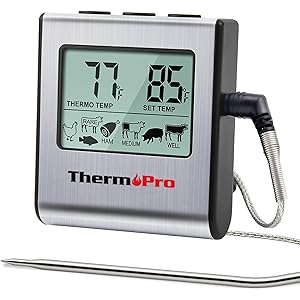What is Turf Installation?
Turf installation refers to the process of laying down pre-grown grass, often in the form of rolls or slabs, to create a lush, green lawn quickly and efficiently. This method is favored for its immediate aesthetic appeal and the reduced time it takes to establish a healthy lawn compared to traditional seeding methods. Turf installation is commonly used in residential gardens, commercial landscapes, sports fields, and public parks, providing a versatile solution for various outdoor spaces.
Types of Turf Available
There are several types of turf available for installation, each suited to different climates and uses. Common varieties include cool-season grasses like Kentucky bluegrass and fescue, which thrive in northern climates, and warm-season grasses such as Bermuda and zoysia, ideal for southern regions. Understanding the specific needs of your environment is crucial when selecting the right type of turf for installation, as it affects the longevity and health of your lawn.
The Benefits of Turf Installation
Turf installation offers numerous benefits, including immediate results, reduced soil erosion, and improved aesthetics. Unlike seeding, which can take weeks or months to establish, turf provides an instant green cover that enhances the visual appeal of any landscape. Additionally, turf helps to prevent soil erosion by stabilizing the ground and reducing runoff, making it an environmentally friendly choice for homeowners and landscapers alike.
Preparing for Turf Installation
Proper preparation is essential for successful turf installation. This involves clearing the area of debris, weeds, and old grass, followed by soil testing to determine pH levels and nutrient content. Amending the soil as necessary, tilling it to a depth of at least 4 inches, and leveling the surface are critical steps that ensure the turf has a healthy foundation to grow. Adequate preparation not only promotes better growth but also extends the life of the turf.
Steps in the Turf Installation Process
The turf installation process typically involves several key steps. First, the prepared soil is rolled out to create a smooth surface. Next, the turf rolls are laid down in a staggered pattern to avoid seams and ensure a seamless appearance. After the turf is positioned, it is cut to fit around edges and obstacles, followed by a thorough watering to help the grass establish roots. Finally, a light top dressing of soil may be applied to encourage growth and protect the turf.
Watering and Maintenance After Installation
After turf installation, proper watering is crucial for successful establishment. Initially, the turf should be watered daily for the first two weeks to keep the soil moist and encourage root growth. Gradually, the watering frequency can be reduced as the grass establishes itself. Regular maintenance, including mowing, fertilizing, and aerating, will help keep the turf healthy and vibrant in the long term.
Common Issues with Turf Installation
Despite its many advantages, turf installation can come with challenges. Issues such as improper watering, pest infestations, and diseases can affect the health of the turf. It is essential to monitor the lawn regularly for signs of stress or damage and to address any problems promptly. Implementing preventive measures, such as using quality turf and following best practices for care, can significantly reduce the likelihood of these issues.
Cost Considerations for Turf Installation
The cost of turf installation can vary widely based on factors such as the type of turf selected, the size of the area, and additional services like soil preparation and landscaping. On average, homeowners can expect to pay between $1 to $2 per square foot for turf installation, including materials and labor. It is advisable to obtain multiple quotes from professional installers to ensure competitive pricing and quality service.
DIY vs. Professional Turf Installation
Homeowners often face the decision of whether to tackle turf installation as a DIY project or hire professionals. While DIY installation can save money, it requires significant time, effort, and knowledge of proper techniques. Hiring professionals ensures a higher quality installation and can save time, especially for larger areas. Ultimately, the choice depends on the homeowner’s budget, experience, and the size of the project.
Conclusion: The Value of Turf Installation
Turf installation is a valuable investment for anyone looking to enhance their outdoor space. With its immediate results, environmental benefits, and aesthetic appeal, it is a popular choice among homeowners and landscapers. By understanding the process, benefits, and maintenance required, individuals can make informed decisions about their turf installation projects, ensuring a beautiful and lasting lawn.

